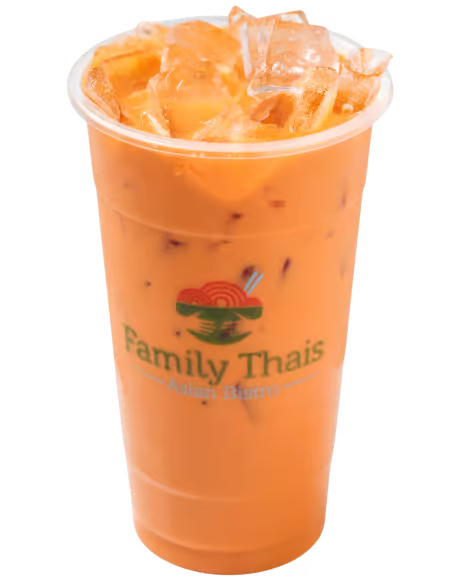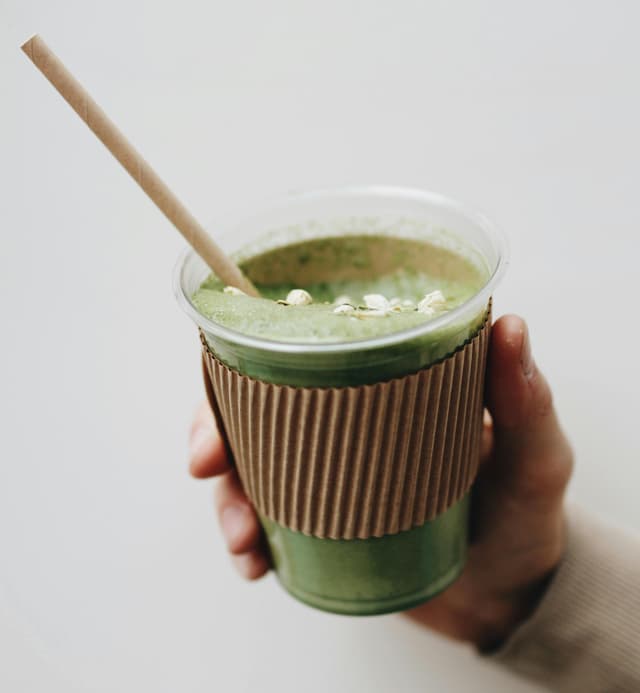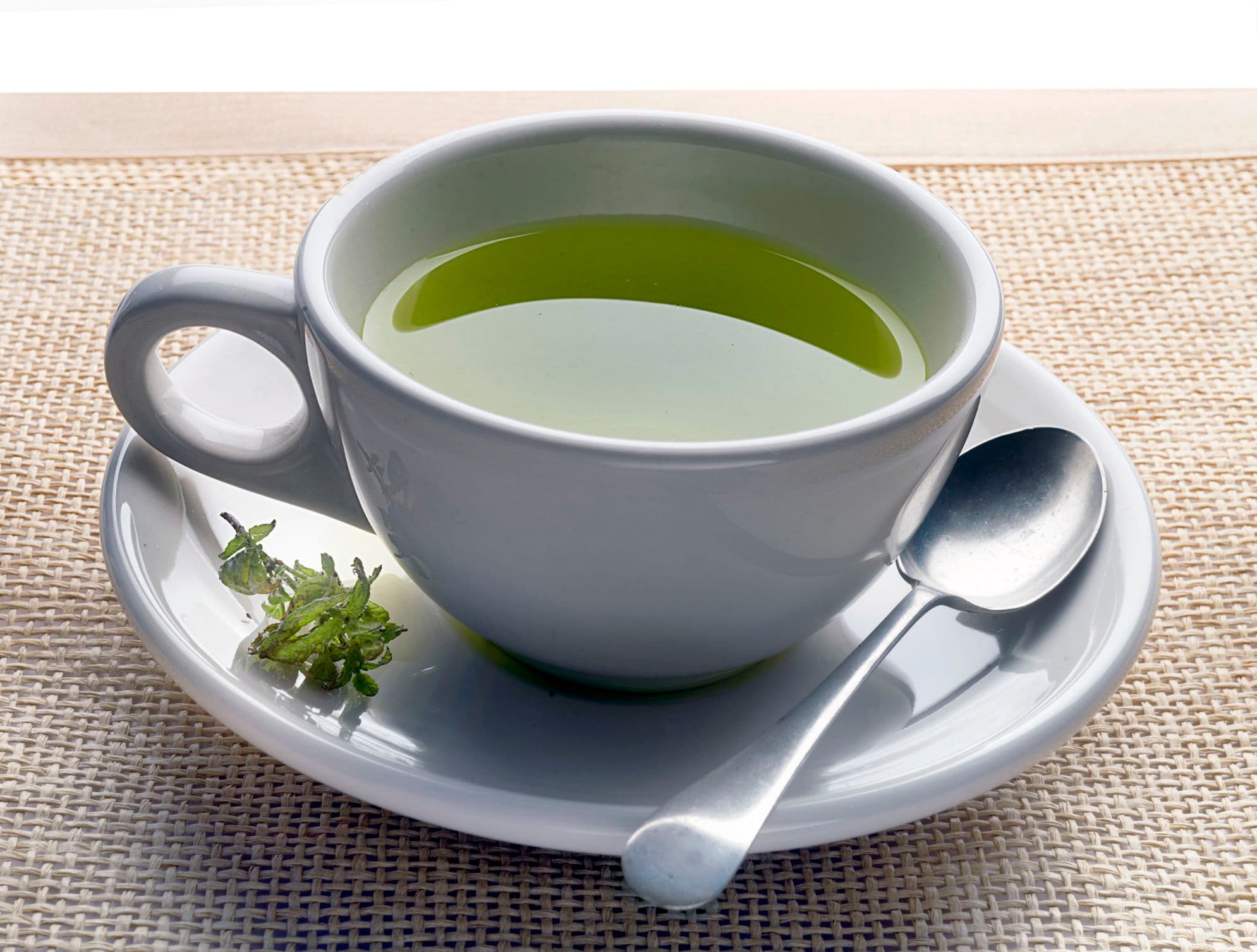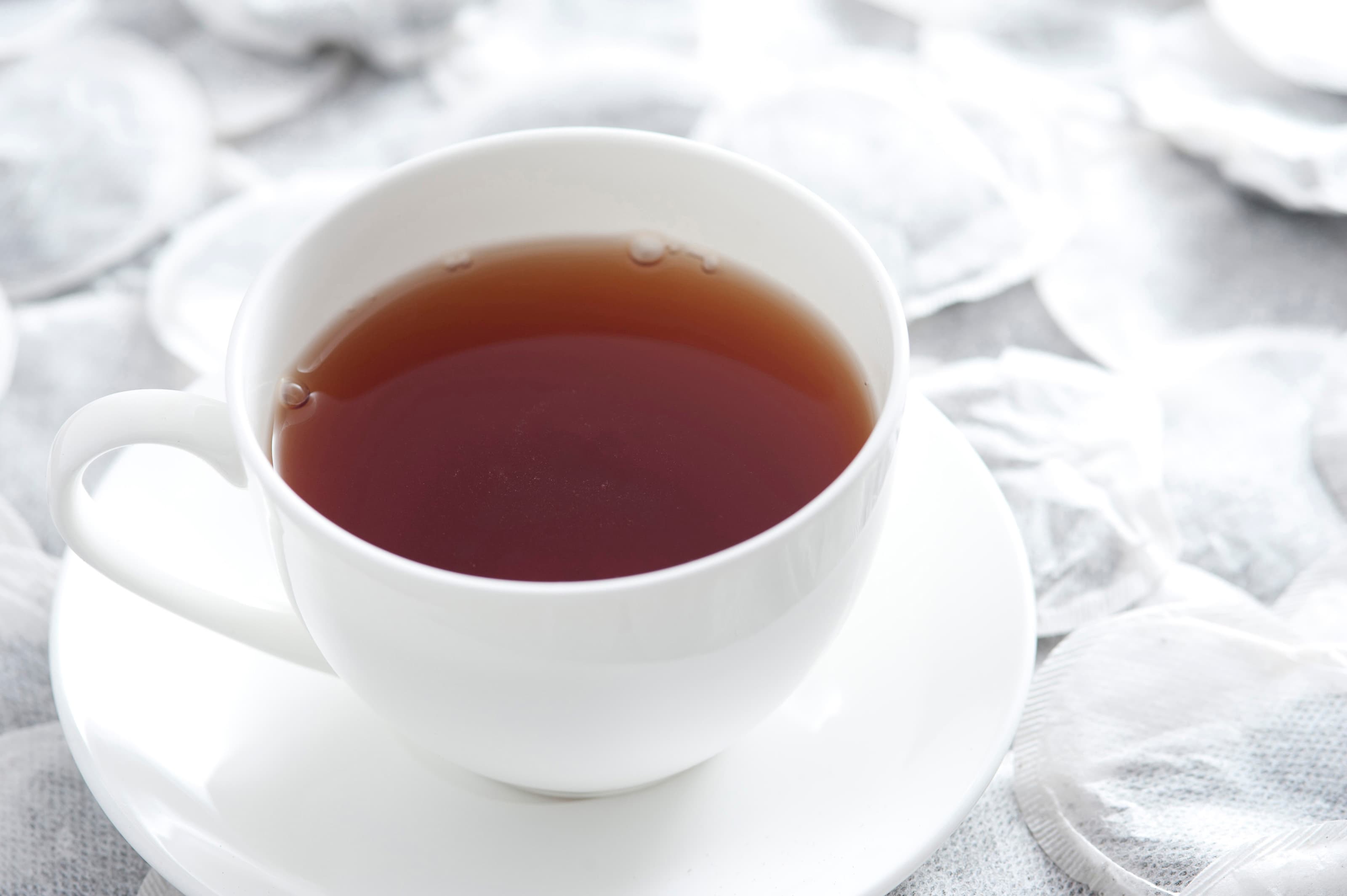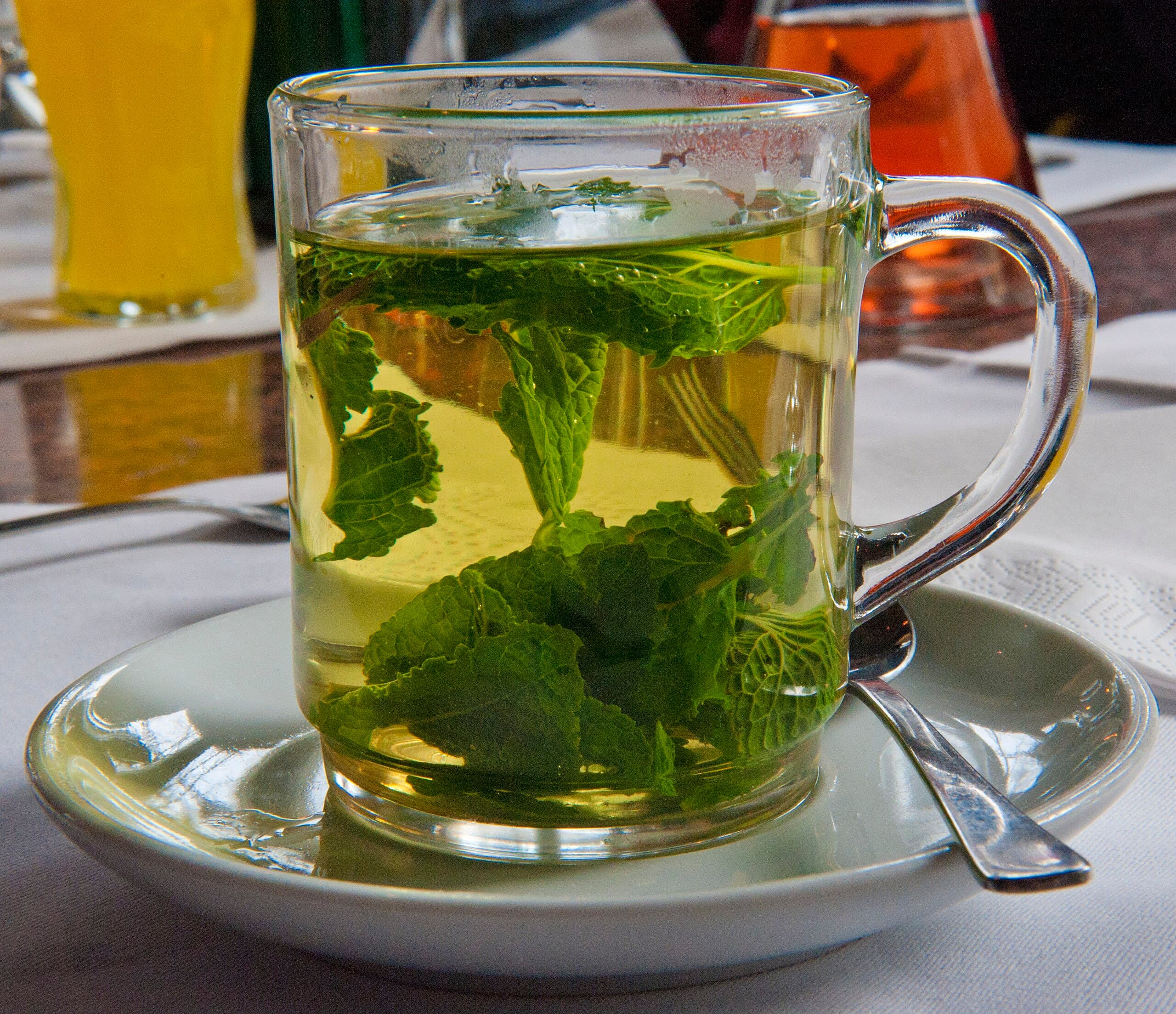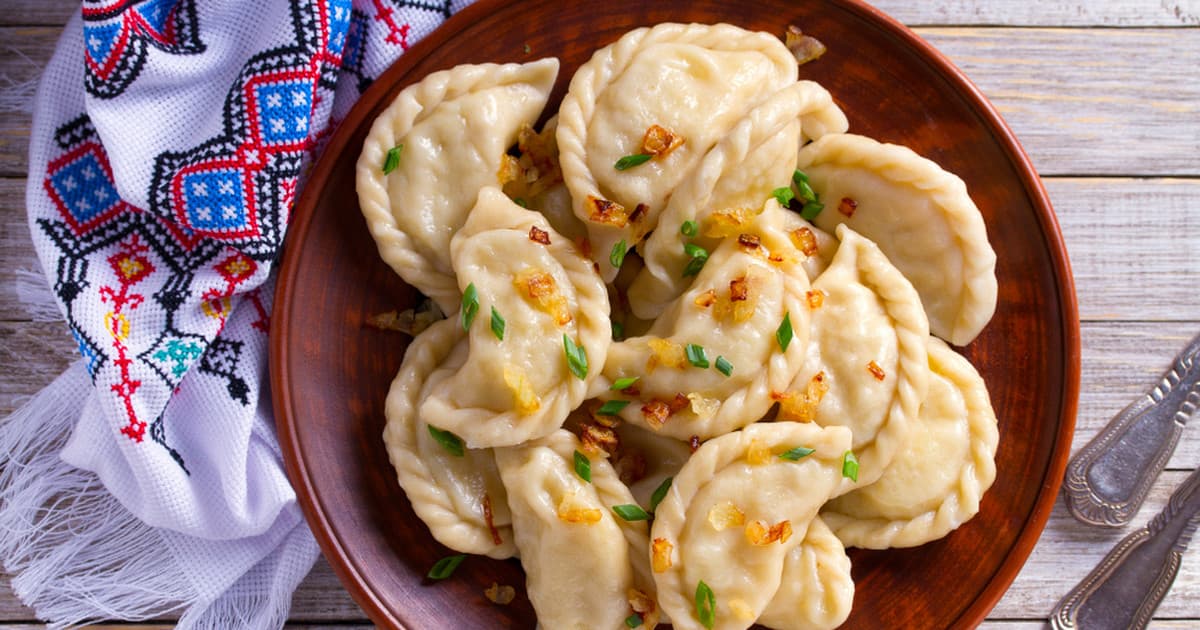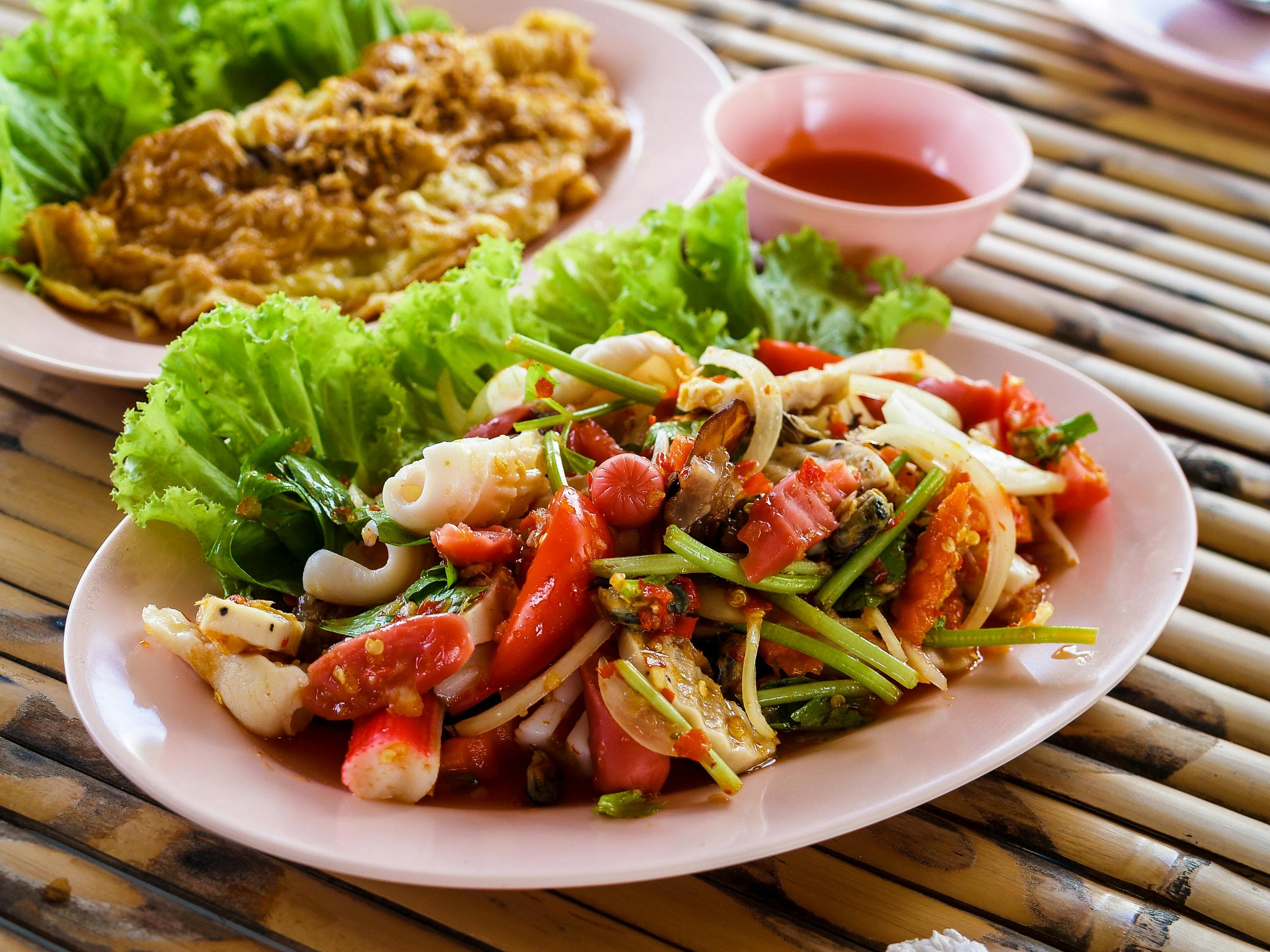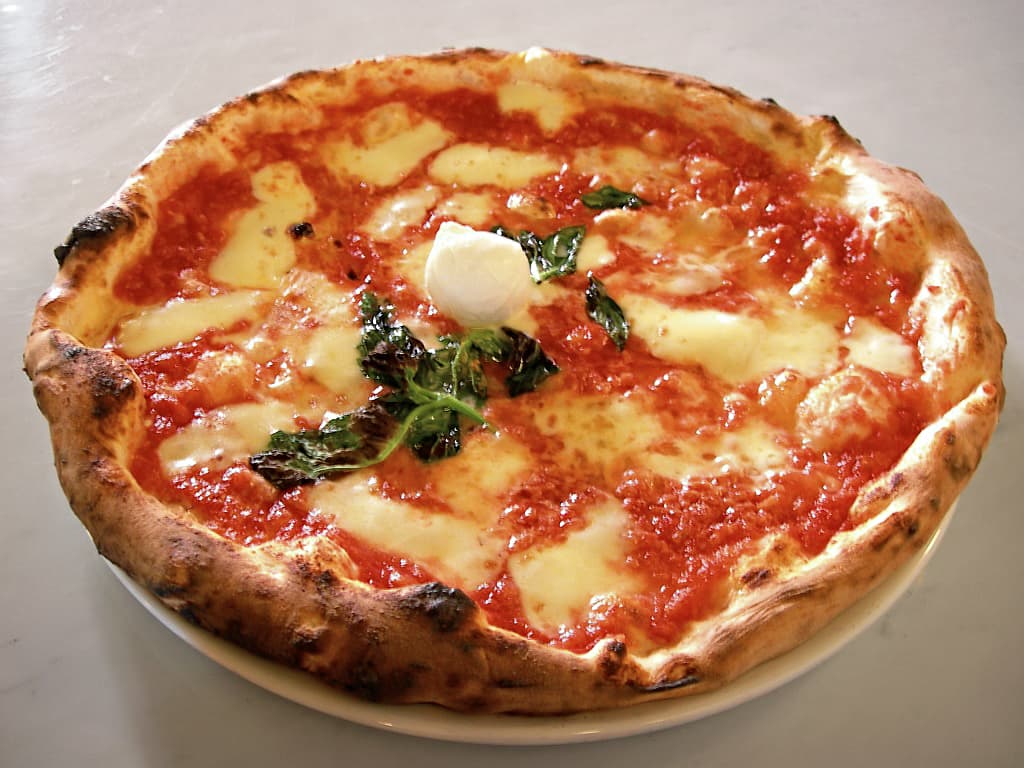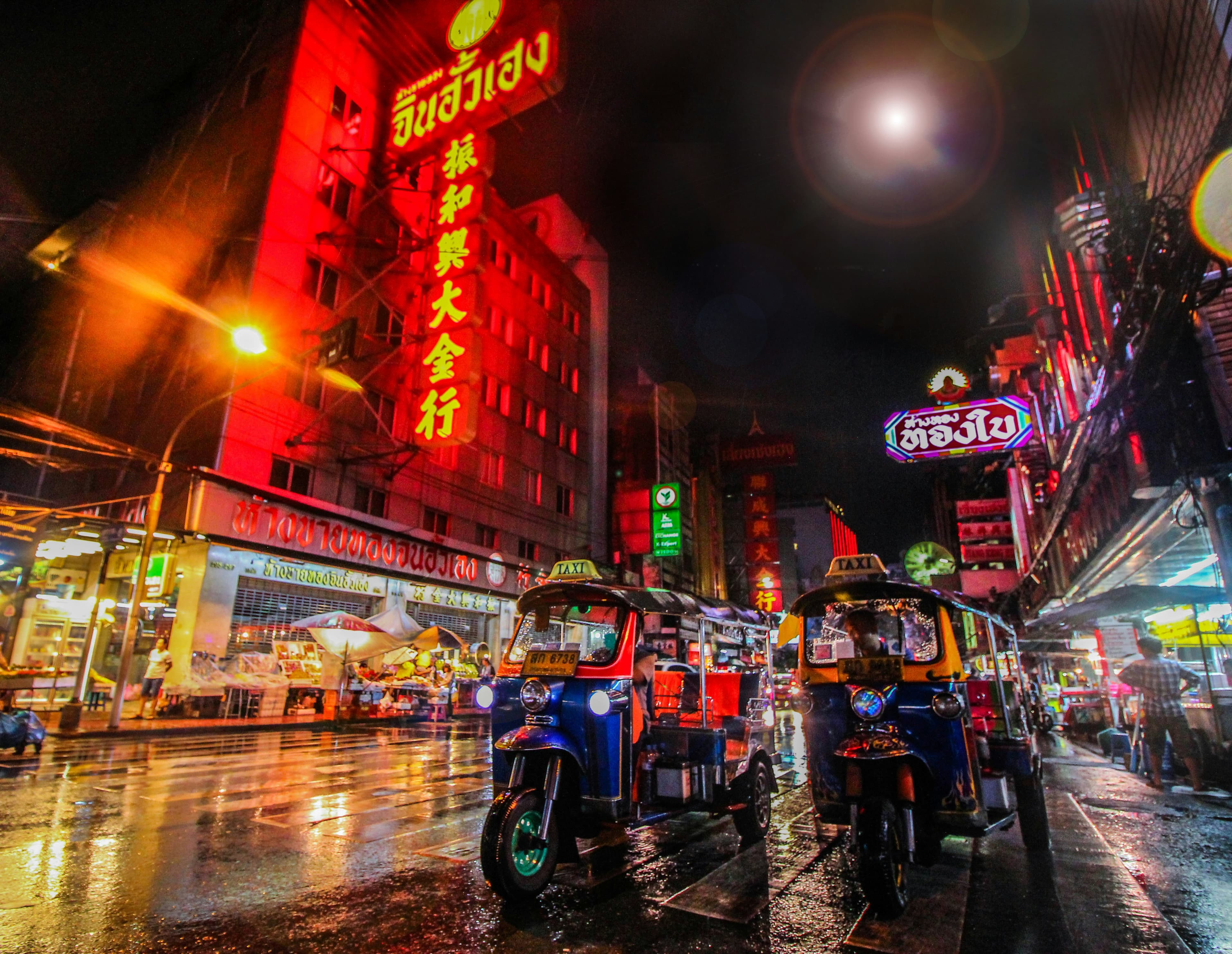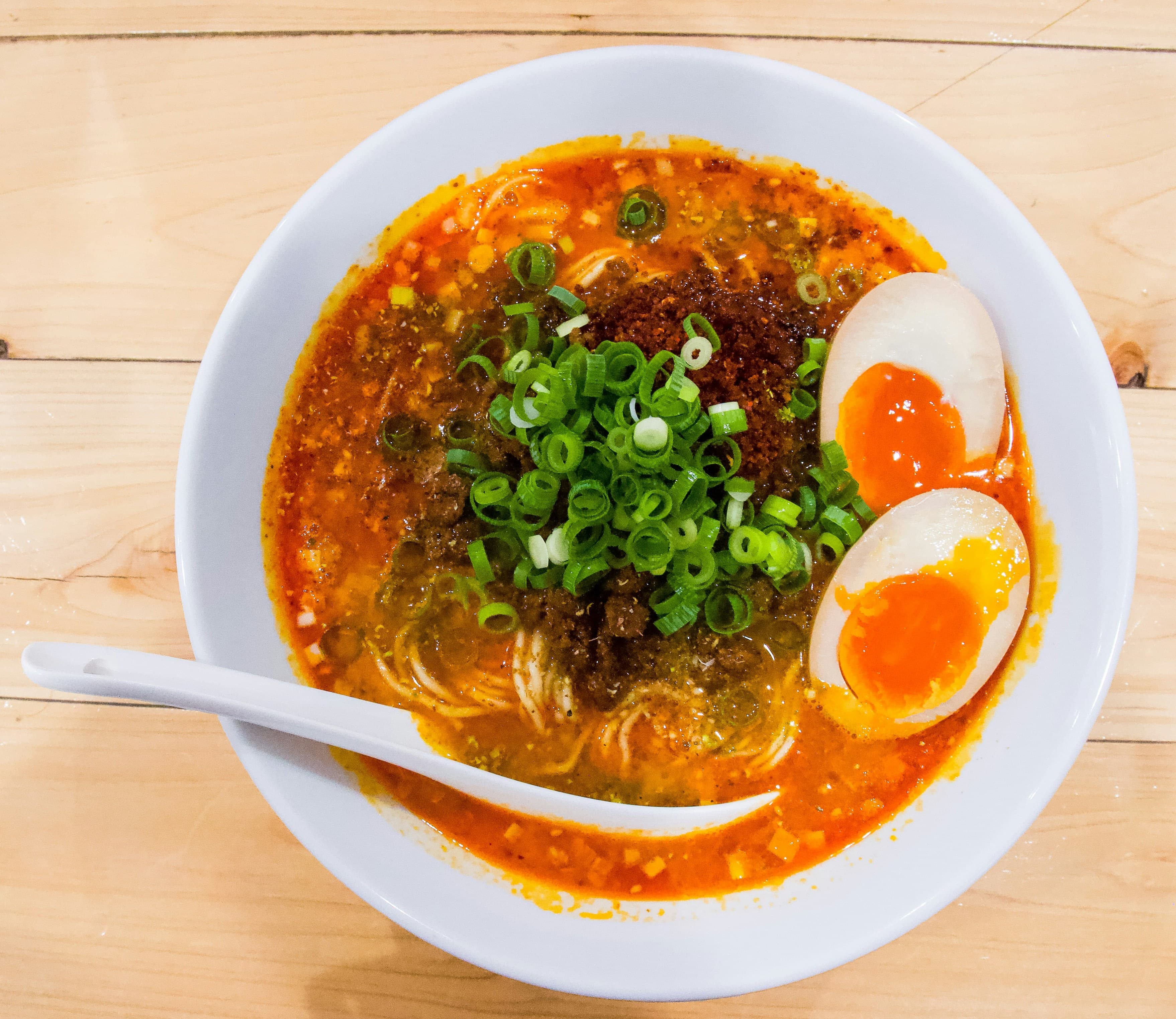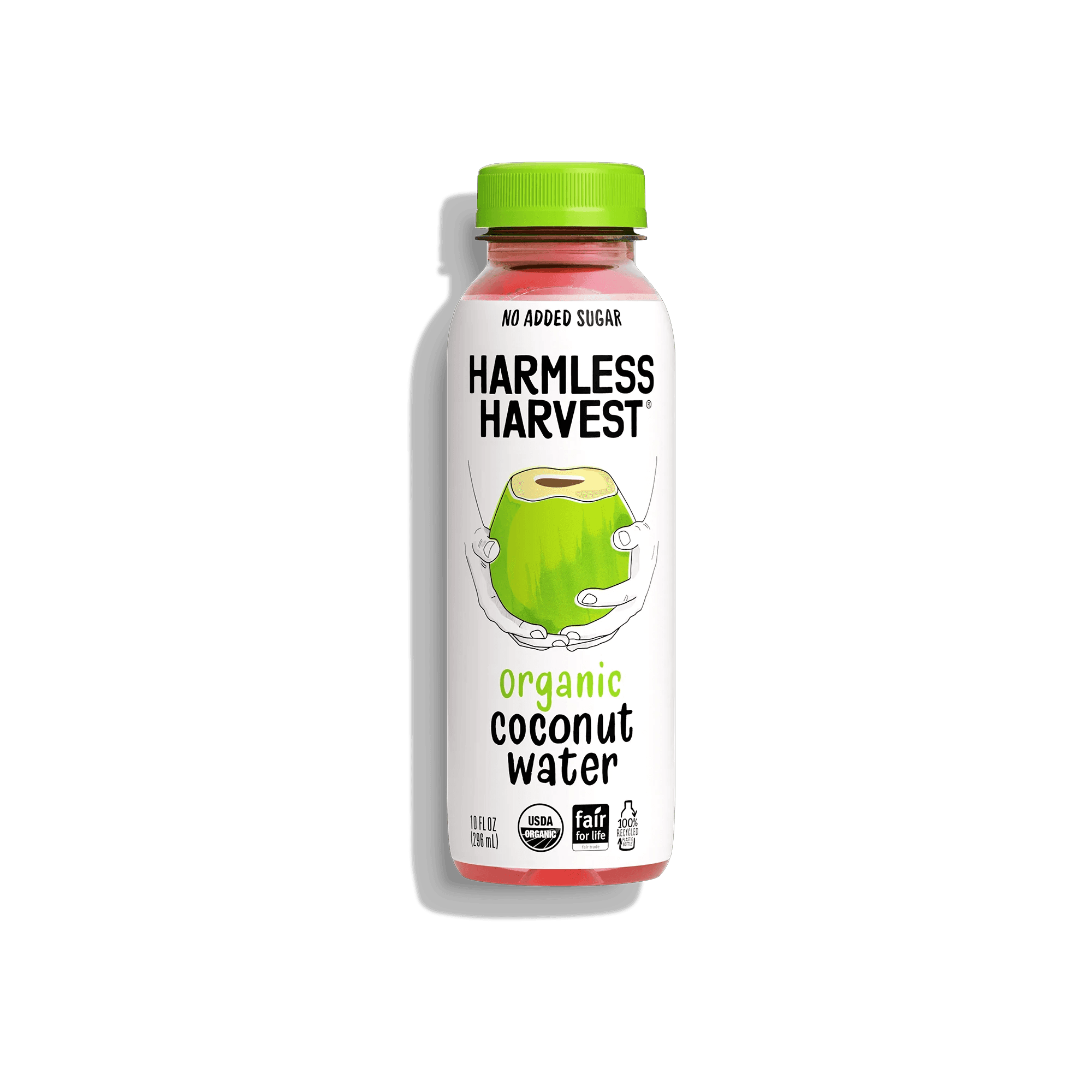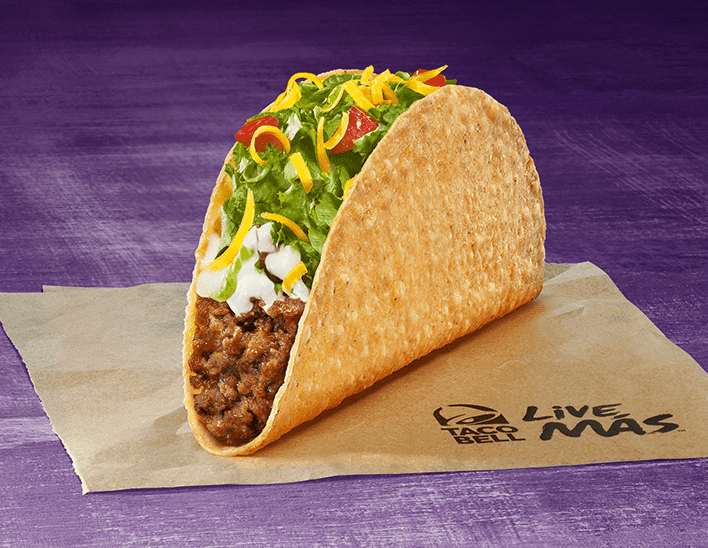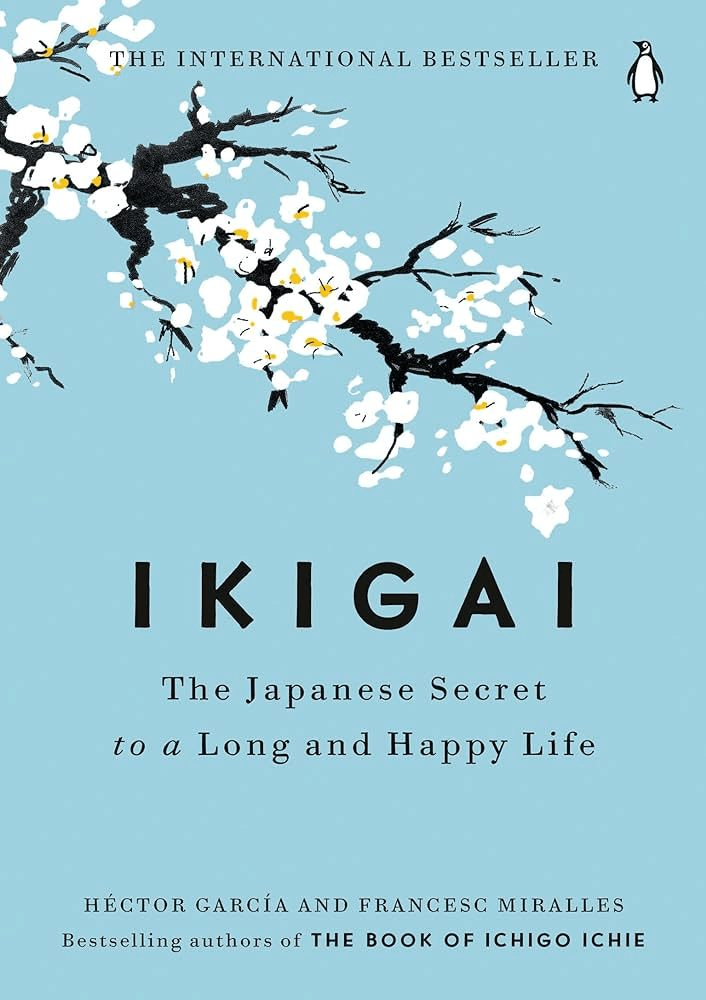Thai Tea vs. Matcha Tea
Thai Tea
Thai tea is a sweet, creamy drink made from strong black tea, usually Ceylon or a local version of Assam. It’s brewed with sugar and often flavored with condensed milk, giving it that rich, smooth taste and signature orange color. When served cold, it’s poured over ice, sometimes with a splash of evaporated milk on top for that creamy swirl. In Thailand, you’ll find it in tall glasses at restaurants or in plastic cups or bags from street vendors. Some places even turn it into a blended drink, like a frappé. There are variations too—like a version without milk called “dark Thai iced tea,” or one with lime for a citrusy kick. People drink it hot in the mornings as well, often with fried dough sticks.
Matcha Tea
Matcha tea is a smooth, vibrant green beverage made by whisking finely ground green tea leaves into hot water. Unlike regular green tea, where the leaves are steeped and removed, matcha is fully consumed, which gives it a fuller body and a richer, more complex flavor. The taste is a blend of grassy freshness, gentle bitterness, and a deep, savory umami that lingers pleasantly. High-quality matcha can be surprisingly sweet and creamy, while lower grades tend to be more astringent. Preparing matcha is as much about the process as it is about the drink itself. The powder is first sifted into a bowl to break up any clumps, then a small amount of hot water—usually around 80°C—is added. Using a bamboo whisk, called a chasen, the tea is briskly whisked in a zigzag motion until a layer of fine, soft foam forms on top. This foam not only looks appealing but also softens the tea’s natural bitterness, creating a silky texture and smooth mouthfeel. There are two primary styles of matcha tea: usu...
Reviews
Reviewed on 2/23/2025
The Thai staple. What can be better than a cold iced tea on a hot afternoon in Chiang Mai? Although they often make them too sweet so I always ask for no added sugar.
Reviews
Reviewed on 2/25/2025
Green and exciting
| Item | Votes | Upvote |
|---|---|---|
| Delicious and refreshing | 2 |
| Item | Votes | Upvote |
|---|---|---|
| Really sweet | 1 |
| Item | Votes | Upvote |
|---|---|---|
| Super healthy and delicious | 1 |
| Item | Votes | Upvote |
|---|---|---|
| Can be an acquired taste for some | 1 |
Frequently Asked Questions
Matcha Tea is often considered super healthy and delicious, making it a popular choice for those looking for a nutritious beverage. However, it can be an acquired taste for some. On the other hand, Thai Tea is known for being delicious and refreshing, especially on a hot day, but it can be overly sweet for some people. The choice between the two may depend on your preference for health benefits versus a sweet, refreshing taste.
Matcha Tea is generally considered to be healthier due to its high levels of antioxidants and other beneficial compounds. It is often praised for its health benefits. Thai Tea, while delicious and refreshing, is usually quite sweet and may contain added sugars, making it less healthy in comparison.
Thai tea is a sweet, creamy drink made from strong black tea, usually Ceylon or a local version of Assam. It’s brewed with sugar and often flavored with condensed milk, giving it that rich, smooth taste and signature orange color. When served cold, it’s poured over ice, sometimes with a splash of evaporated milk on top for that creamy swirl. In Thailand, you’ll find it in tall glasses at restaurants or in plastic cups or bags from street vendors.
The pros of Thai Tea include its delicious and refreshing taste, making it a popular choice, especially on hot afternoons. However, a con is that it can be really sweet, which may not appeal to everyone.
Thai Tea is typically served cold over ice, often with a splash of evaporated milk on top for a creamy swirl. It can also be enjoyed hot, especially in the mornings, often paired with fried dough sticks.
There are several variations of Thai Tea, including a version without milk called 'dark Thai iced tea' and one with lime for a citrusy kick. Some places even offer it as a blended drink, like a frappé.
Users have described Thai Tea as a staple drink, particularly enjoying it on hot afternoons. One user mentioned that while it is delicious, they often request no added sugar as it can be made too sweet.
Matcha tea is a smooth, vibrant green beverage made by whisking finely ground green tea leaves into hot water. Unlike regular green tea, where the leaves are steeped and removed, matcha is fully consumed, providing a fuller body and a richer, more complex flavor. It has a blend of grassy freshness, gentle bitterness, and a deep, savory umami that lingers pleasantly.
The pros of Matcha Tea include that it is super healthy and delicious, making it a great choice for those looking to enhance their diet. However, a con is that it can be an acquired taste for some individuals, which may not appeal to everyone.
Preparing Matcha Tea involves sifting the powder into a bowl to break up clumps, adding a small amount of hot water (around 80°C), and whisking it briskly with a bamboo whisk called a chasen until a layer of fine foam forms on top. This process not only enhances the flavor but also creates a silky texture.
There are two primary styles of Matcha Tea: usucha and koicha. Usucha, or thin tea, is lighter and frothy, while koicha, or thick tea, is denser and has a bold, concentrated taste. Koicha is typically reserved for formal tea ceremonies, emphasizing the ritual of preparation and consumption.
The striking green color of Matcha Tea comes from the way the tea plants are grown. They are shaded from sunlight for several weeks before harvest, which boosts their chlorophyll content and enhances the umami flavor while reducing bitterness. This process also contributes to the calming effect of matcha despite its caffeine content.
Matcha Tea has found new life in modern drinks such as lattes, iced teas, and smoothies. It is enjoyed both during traditional tea gatherings and as part of a morning ritual at home, providing a calming moment in a busy day.
